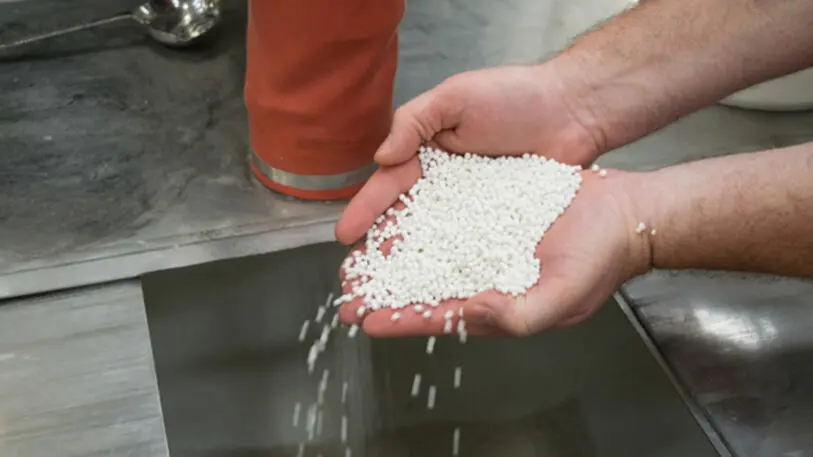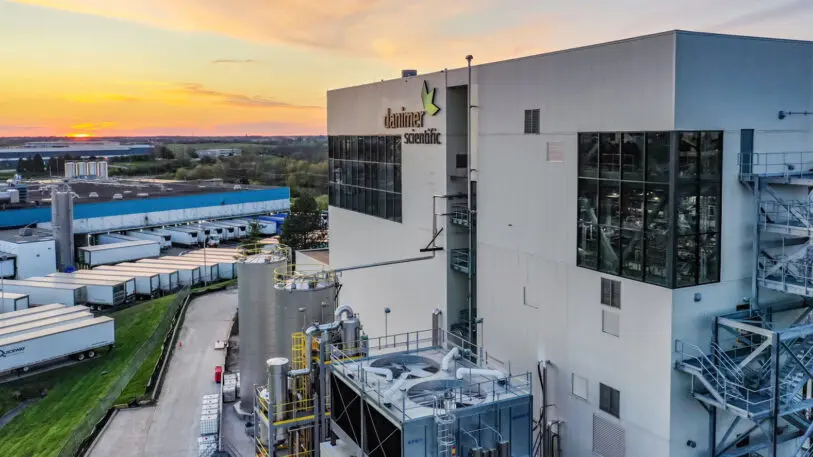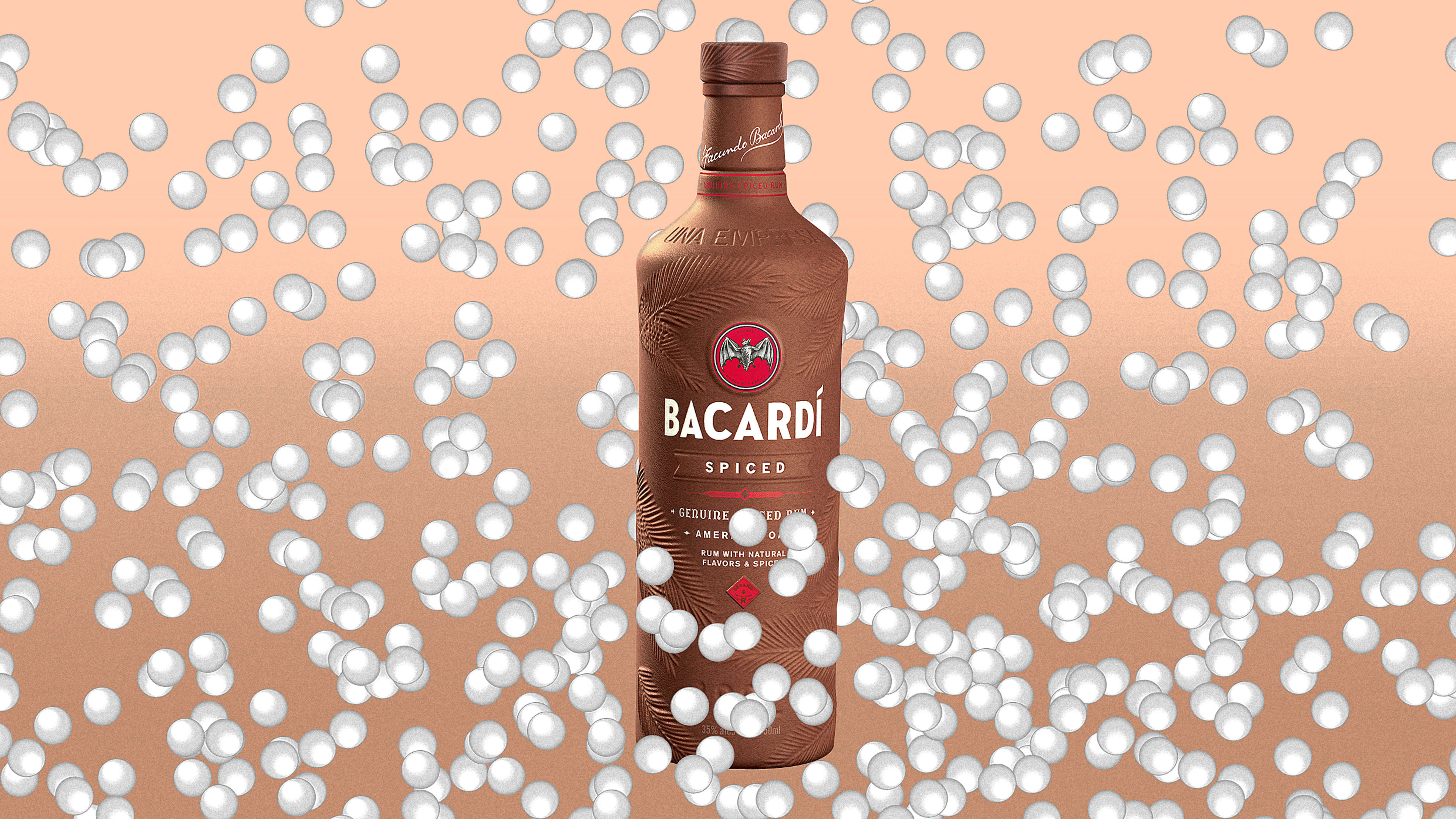A new bottle in development for Bacardi looks like ordinary plastic. But if it ends up in a landfill or the ocean—or a backyard compost bin—the material will completely biodegrade. Called PHA, or polyhydroxyalkanoate, the plant-based material will soon start showing up in all kinds of packaging on store shelves.
PepsiCo is working on a compostable chip bag made from the material. Nestlé is working on a biodegradable water bottle. Genpak is creating biodegradable food containers. PSI is making compostable film packaging; CPG is making compostable produce bags. UrthPact and WinCup already have PHA drinking straws in the market.



Some environmental advocates are skeptical. “Unfortunately, these packaging alternatives are not the silver bullet that companies want us to believe,” says Ivy Schlegel, a research specialist at Greenpeace USA. “They require access to composting options that provide the conditions needed to break the material down, and don’t biodegrade the same in every environment. They can contaminate recycling streams if not disposed of properly. . . . We are not going to solve the plastic pollution crisis by swapping out one throwaway material for another. Companies need to focus on fundamentally rethinking how they are bringing products to people, prioritizing reuse and refill solutions.”
Still, Croskrey says that if someone doesn’t have access to backyard or curbside composting, the material can be thrown away, because it will break down in landfills, unlike fossil-based plastic. If a small amount of PHA packaging ends up in the recycling stream, it can be recycled along with PET. The company says its products have passed the TUV Austria Marine Certification standards, which indicate it will break down if it ends up in the ocean.
Bacardi, which does use reusable packaging in some markets and which relies on glass for most of its bottles—turning to plastic only for some products, such as mini bottles for airplanes, where weight is a critical issue—plans to partner with other brands to ensure that PHA bottles are handled responsibly. Its paper bottle, which reduces the amount of PHA used, will be both compostable and recyclable. A rush of other companies will follow, as others try to find alternatives to their current packaging. “In the last two to three years, we’ve seen huge upticks in interest,” Croskrey says.
Correction: We’ve updated this article to reflect that Danimer Scientific has announced its merger with Live Oak Acquisition Corp, but the deal has not yet closed.
Recognize your brand’s excellence by applying to this year’s Brands That Matter Awards before the early-rate deadline, May 3.
